The Lotus Evora has raised its game. Lighter, faster, more efficient and more fun, this British sports car is now a real alternative to a Porsche 911.
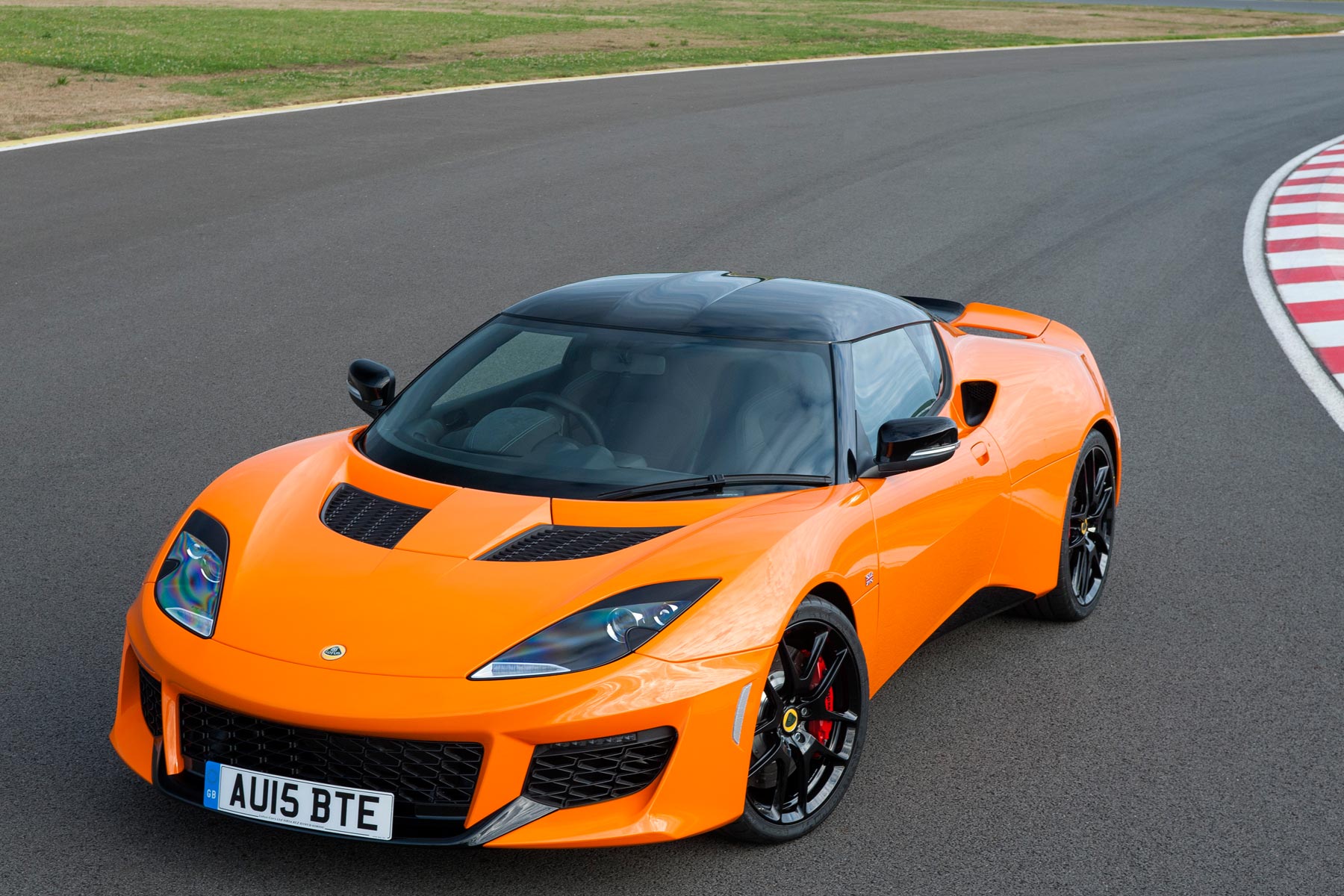
New Lotus Evora 400: Overview
Building a car that becomes an icon is not something you can write into your business plan. It happens through a combination of excellent design, an understanding of what the public might want in the future, and a large dose of luck. Every manufacturer wants to do it, but most – even after a blinding success – usually fail the next time around.
And so it has been with Lotus. The 1996 Elise was, and still is, an outstandingly successful small sports car, arguably the purest driving machine you can buy today. The 2009 Lotus Evora has not had the same level of success, with just over 3,000 finding buyers in six years.
However, there’s a new broom at Lotus. Jean-Marc Gales brings a hard-nosed business brain into the Norfolk company and a straightforward mission to ramp up annual sales to 3,000, from a mere 1,200 in 2014. How will he do that? The primary platforms are a radically revised Evora and a whole lot more dealers.
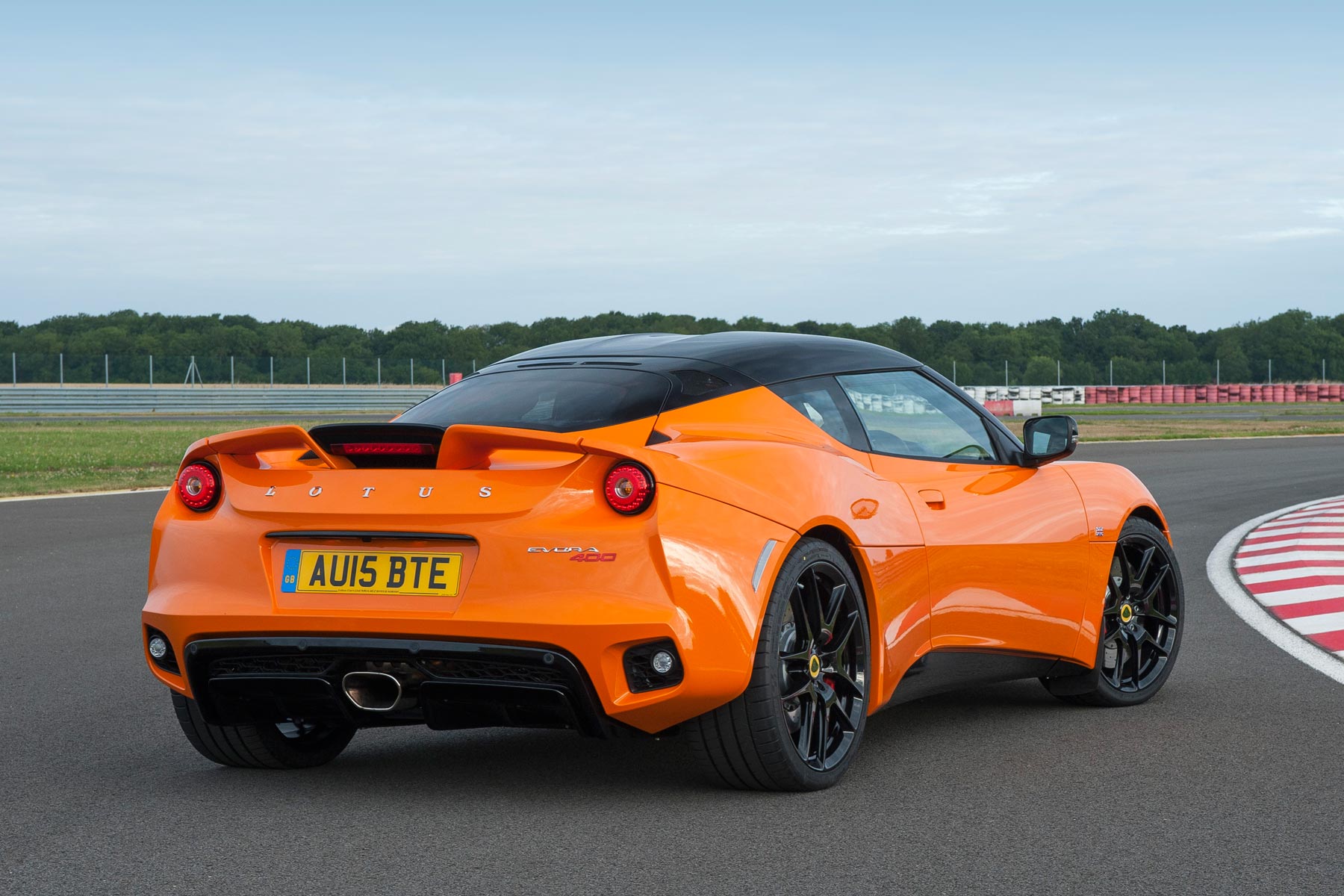 The Evora 400 replaces all the previous models. The vision is to make it not just 50hp faster than before, but a whole lot more agile and dynamic. On the Lotus test track at Hethel, a six-second lap time improvement was the target. A seven-second reduction was achieved. Anyone who follows motor racing will realise just what a giant step that is.
The Evora 400 replaces all the previous models. The vision is to make it not just 50hp faster than before, but a whole lot more agile and dynamic. On the Lotus test track at Hethel, a six-second lap time improvement was the target. A seven-second reduction was achieved. Anyone who follows motor racing will realise just what a giant step that is.
The changes are major, with more than two-thirds of the 400 said to be new. Weight has been added – bigger brakes, an intercooler and a larger oil cooler – and taken out with lighter seats, panels and wheels. The net result is a 42kg saving.
The body has been restyled, with a more scoops, wings and splitters, although it’s still a long way from pretty. The interior gets yet another overhaul. The Evora 400 is priced at £72,000 in the UK.
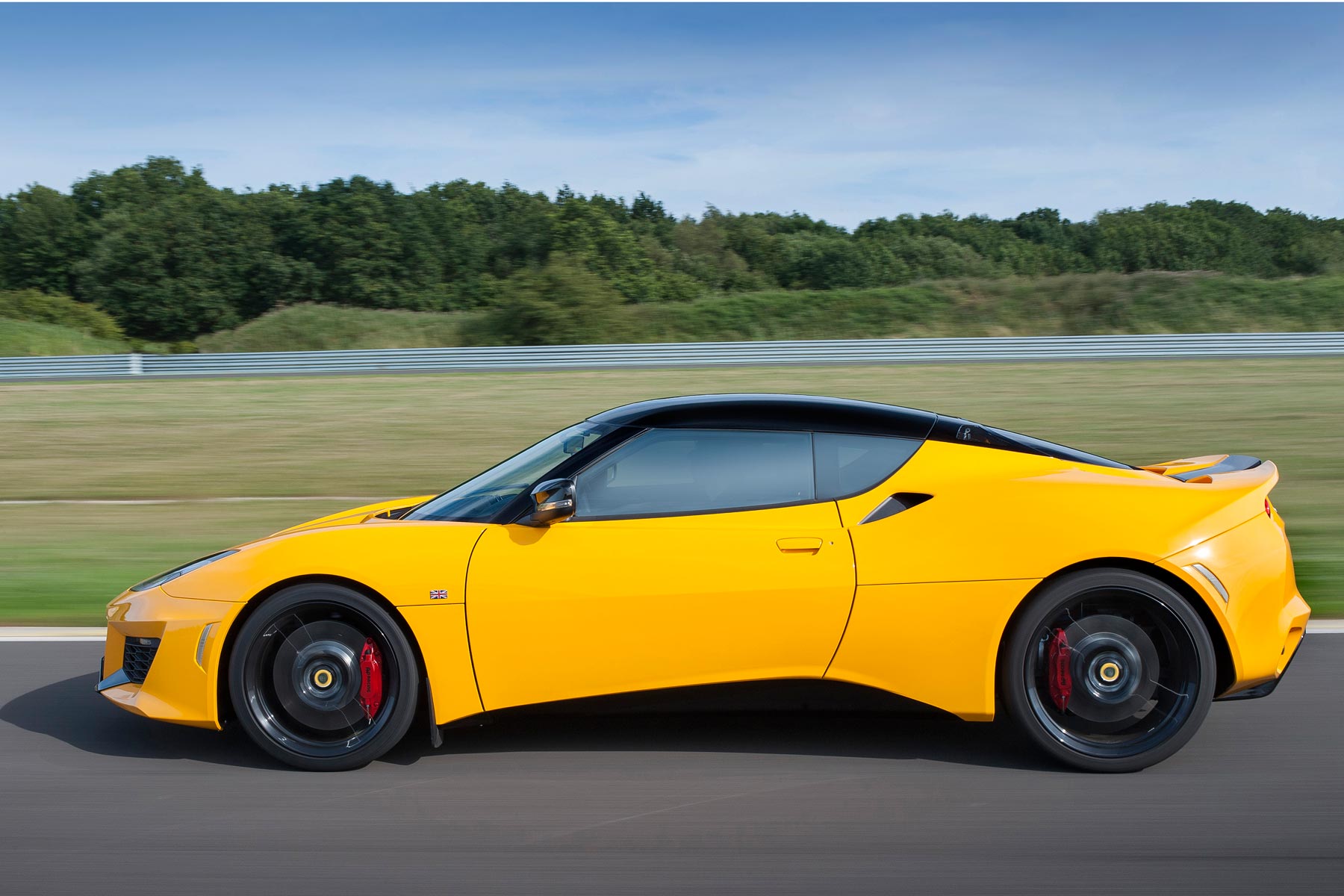 New Lotus Evora 400: On the road
New Lotus Evora 400: On the road
For a moment, let’s forget about road driving and concentrate on the track side of things. The suspension is stiffer both front and rear, which reduces body-roll in bends and gives the Evora 400 a whole lot more directional agility. The tyres – Michelin Pilot Super Sports– are now 285-section at the rear, and whether it is the extra width, the new rubber or the chassis changes (or indeed all three), the car’s cornering speed is simply breathtaking.
The Evora sits flat, the steering is pin-sharp and full of feel, and throttle response is razor-sharp. Yes, you’ll have to forgive the clichés but this Lotus is one of those cars that simply brings them out. It’s so easy to feel quickly at one with this car, making it far easier to drive really fast than an Exige S.
Sport mode is essential for track use, letting the rear of the Evora twitch at times, but with a comforting safety net as soon as the car starts to get out of shape on an 80mph corner. Race mode does the same, but the Evora gets more sideways before assistance cuts in. Or, if you have the ability of a Lotus test driver, you can switch the whole lot off. No thanks.
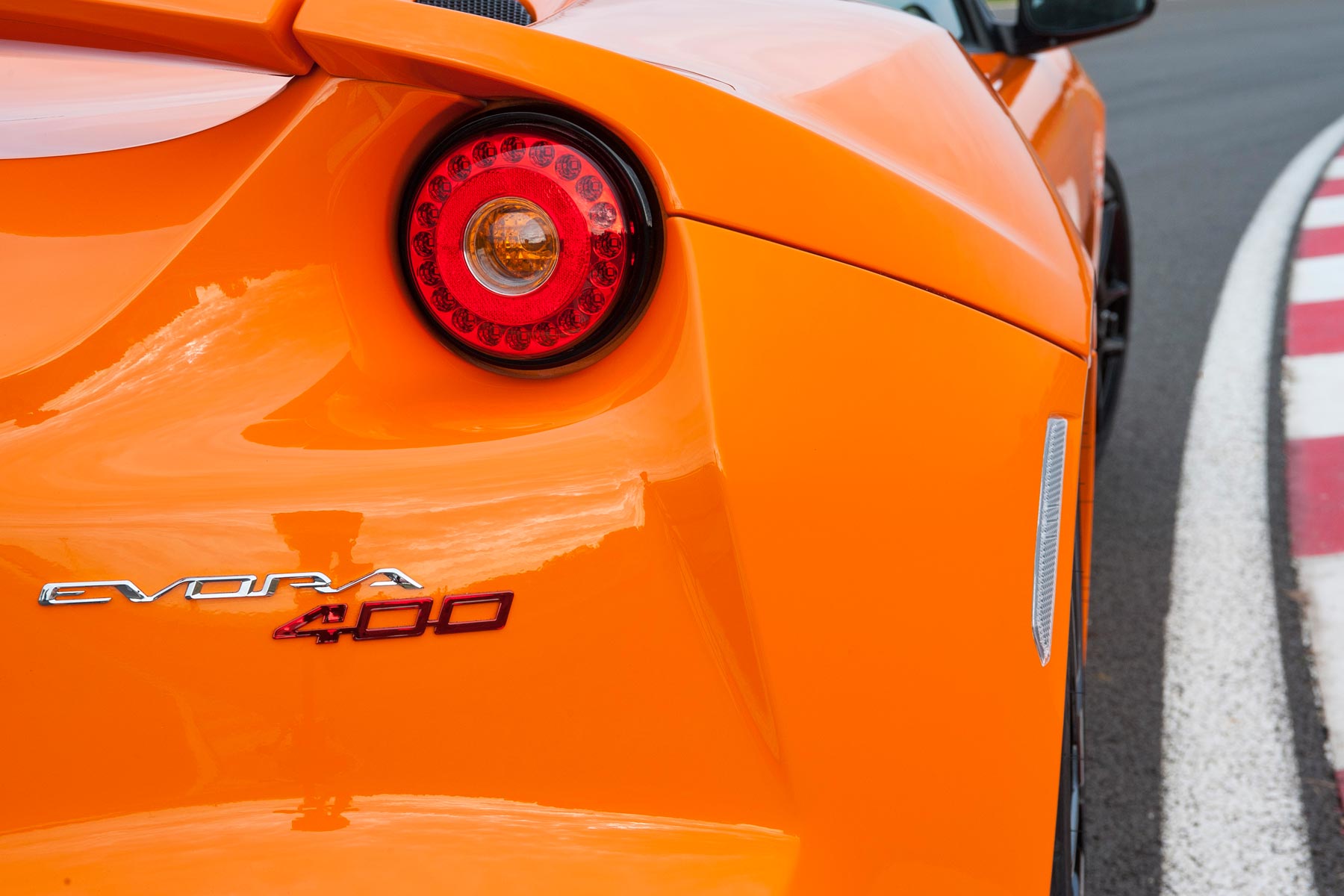 The massive AP Racing brakes help bring those lap times down, while manual cars are aided by a limited-slip differential. This is a first for the Evora, and, for the time being, available only on manual cars.
The massive AP Racing brakes help bring those lap times down, while manual cars are aided by a limited-slip differential. This is a first for the Evora, and, for the time being, available only on manual cars.
Does all this translate to a useable road car, though? The worry is that the stiffer suspension might compromise the ride comfort too much. Yet Lotus is a master at the art of suspension design, and it was aided during the development phase by the poor state of many of Norfolk’s country roads.
So yes, the Evora 400 does feel a bit stiffer, but compliance is extremely good, so neither comfort nor directional stability are adversely affected.
More to the point, this Evora feels blindingly fast. The engine responds instantly to throttle movements, while the steering dances about in you hands but always keeps you on the right track. It’s both impressive and fun.
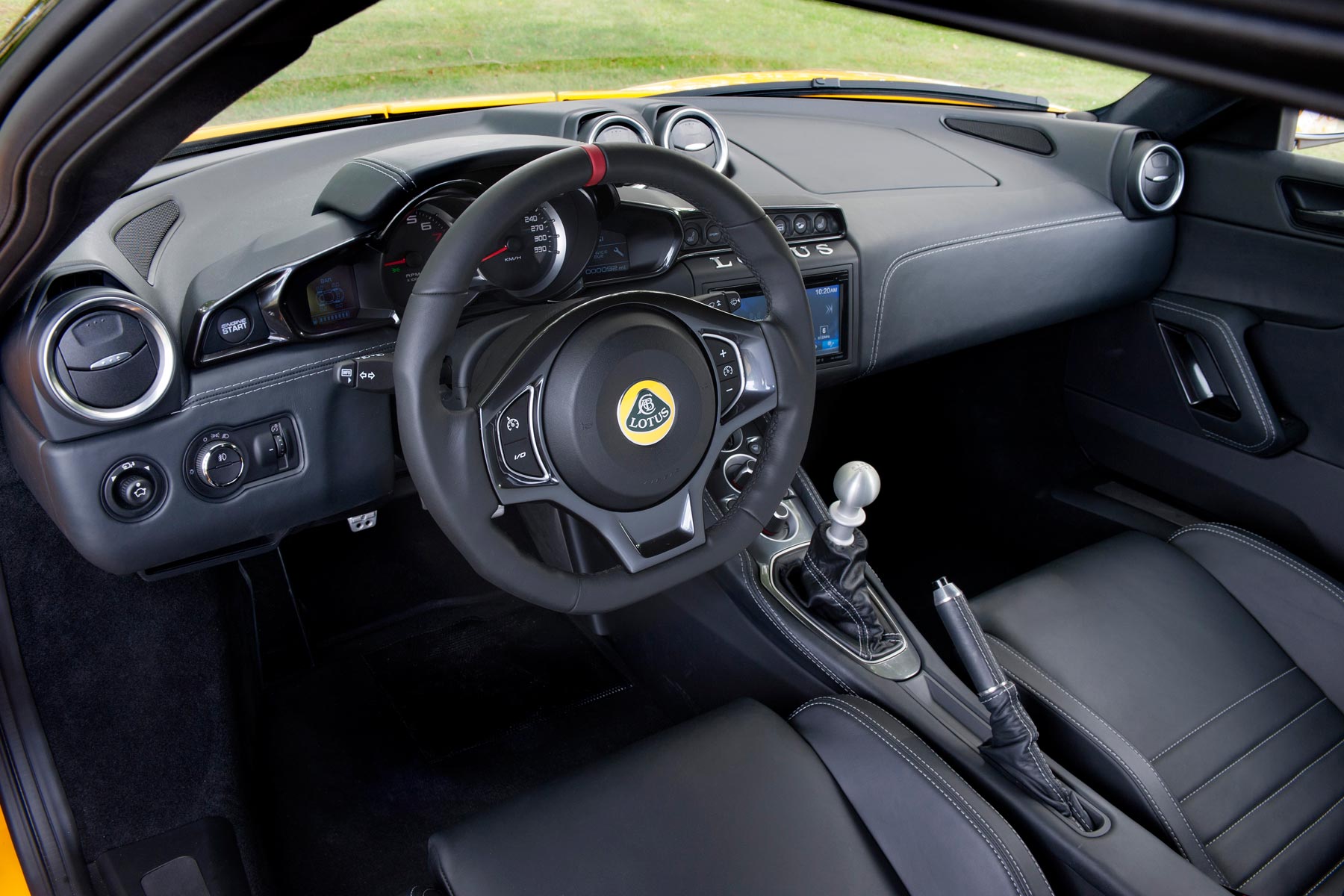 New Lotus Evora 400: On the inside
New Lotus Evora 400: On the inside
The changes inside the Evora are focussed on customer feedback. So it’s easier to get in and out, with the door opening now 56mm lower, plus narrower door sills. Footwell space has been increased, the seats move further back and there are re-designed rear seats – although it’s still hard to fathom how even kids would squeeze in there.
There’s an upgraded heating and ventilation system that pumped through a good volume of cooled air on a warm July morning. The instruments have a cleaner design and a lot of the switchgear has been moved to the centre console, reducing the risk of pressing the wrong button.
Embracing all this is a real ramp-up in the feeling of quality. The Evora, at long last, feels like a genuine high-end sports car, where it is no longer necessary to forgive small flaws that were occasionally not far below the surface.
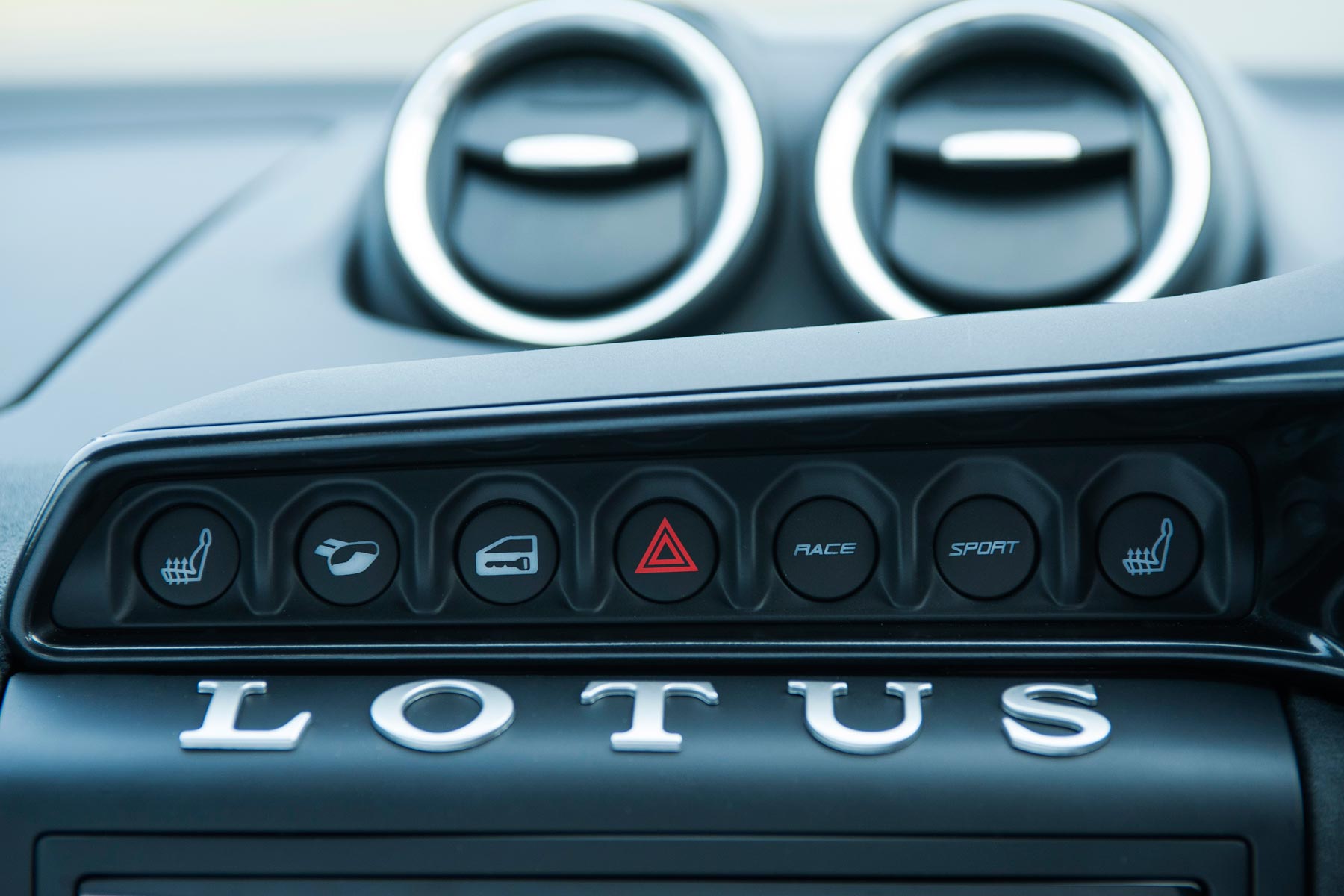 Coupled to that are some excellent new Sparco seats that combine an appropriate level of comfort and cushioning on the road with supreme levels of sideways support when you are cornering at the highest speeds on the track.
Coupled to that are some excellent new Sparco seats that combine an appropriate level of comfort and cushioning on the road with supreme levels of sideways support when you are cornering at the highest speeds on the track.
The boot, so they say, will take a set of golf clubs, and of course there’s space for more gear on the rear seats. I should mention the noise here, too. A three-inch exhaust system gives a terrific soundtrack, but when you’ve had enough, the only option is to select the least focussed ‘Drive’ setting for the chassis and throttle. We suggested to Jean-Marc Gales that a quiet mode in ‘Sport’ would be useful.
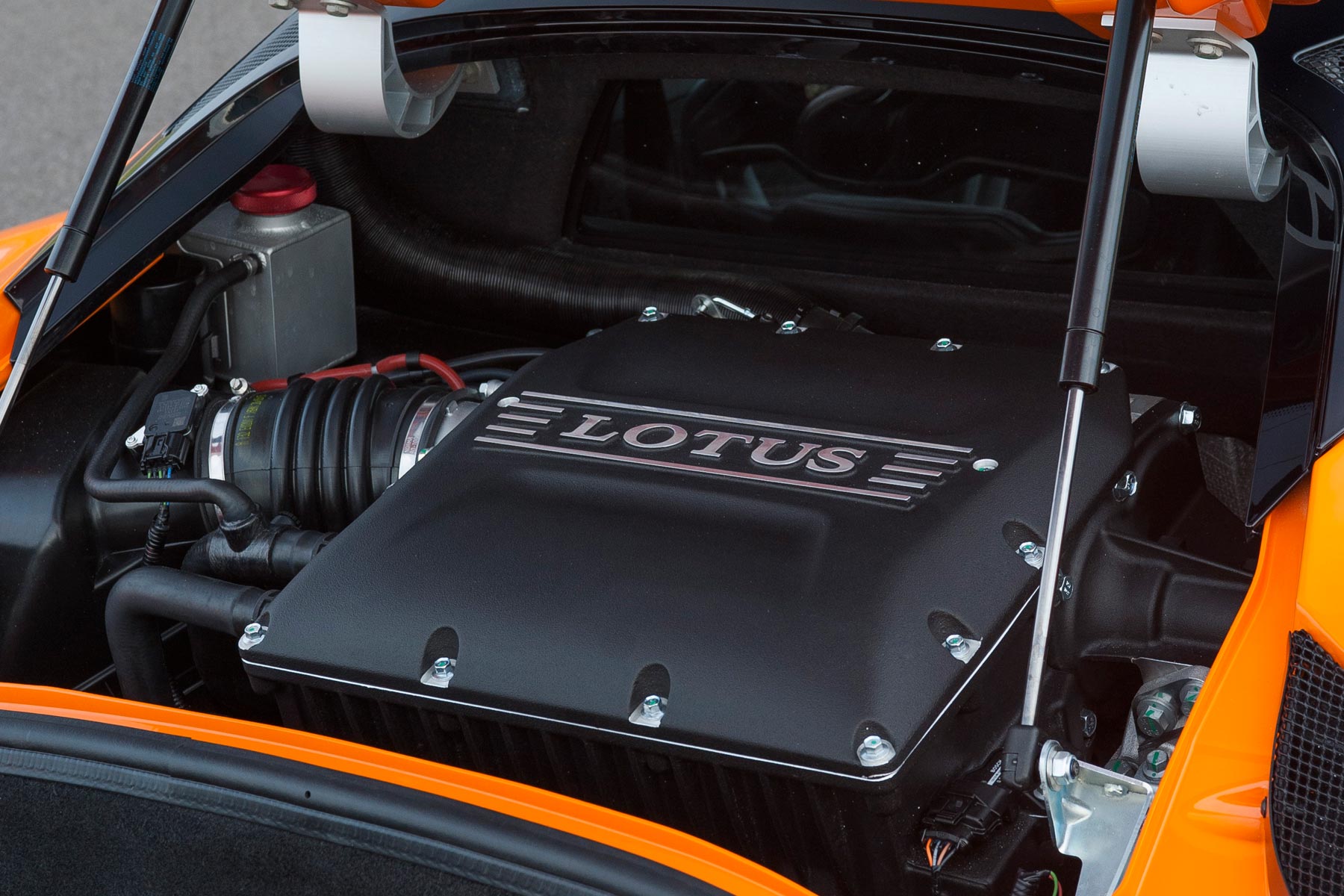 New Lotus Evora 400: Running costs
New Lotus Evora 400: Running costs
A £72,000 outlay buys you get a pretty well-equipped Evora 400. You’ll want the Leather pack or Alcantara pack at £2,500 apiece, and perhaps the faster-changing automatic transmission, with paddle shifters (£2,000).
Despite the extra power of the Evora 400, Lotus has squeezed the CO2 emissions down by 4g/km to 225g/km. The statutory average fuel consumption figure is 31mpg.
Key to Evora ownership is how well the 400 will hold its value. Prices of used Evoras are buoyant at the moment so although a used Porsche will undoubtedly be easier to sell, the Evora does stand up alongside one.
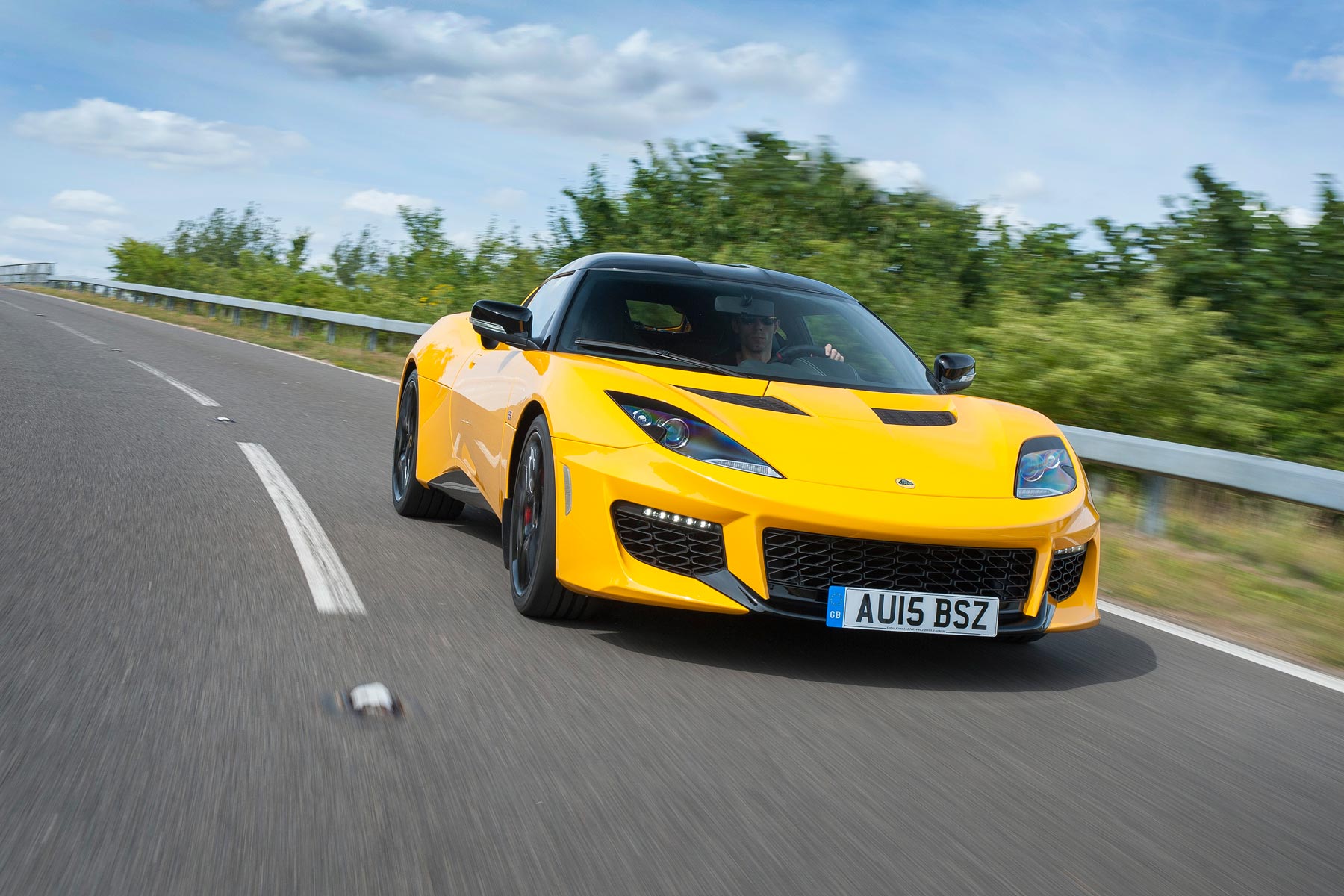 New Lotus Evora 400: Verdict
New Lotus Evora 400: Verdict
This is undoubtedly the best road-going Lotus for years. Naturally, the performance is a key aspect, combining visceral excitement with a truly outstanding chassis.
But you already expected that, didn’t you? More to the point is that the Evora 400 ably stands up to its competition in terms of showroom appeal for the first time. No longer is an Evora simply the plaything of the dedicated Lotus enthusiast, who accepts the quirks with equanimity.
The new feeling of quality, inside and out, and the easy nature of the Evora when you don’t want to drive it like a race car, suddenly mean Lotus can find a whole new batch of customers. Let’s hope it succeeds.
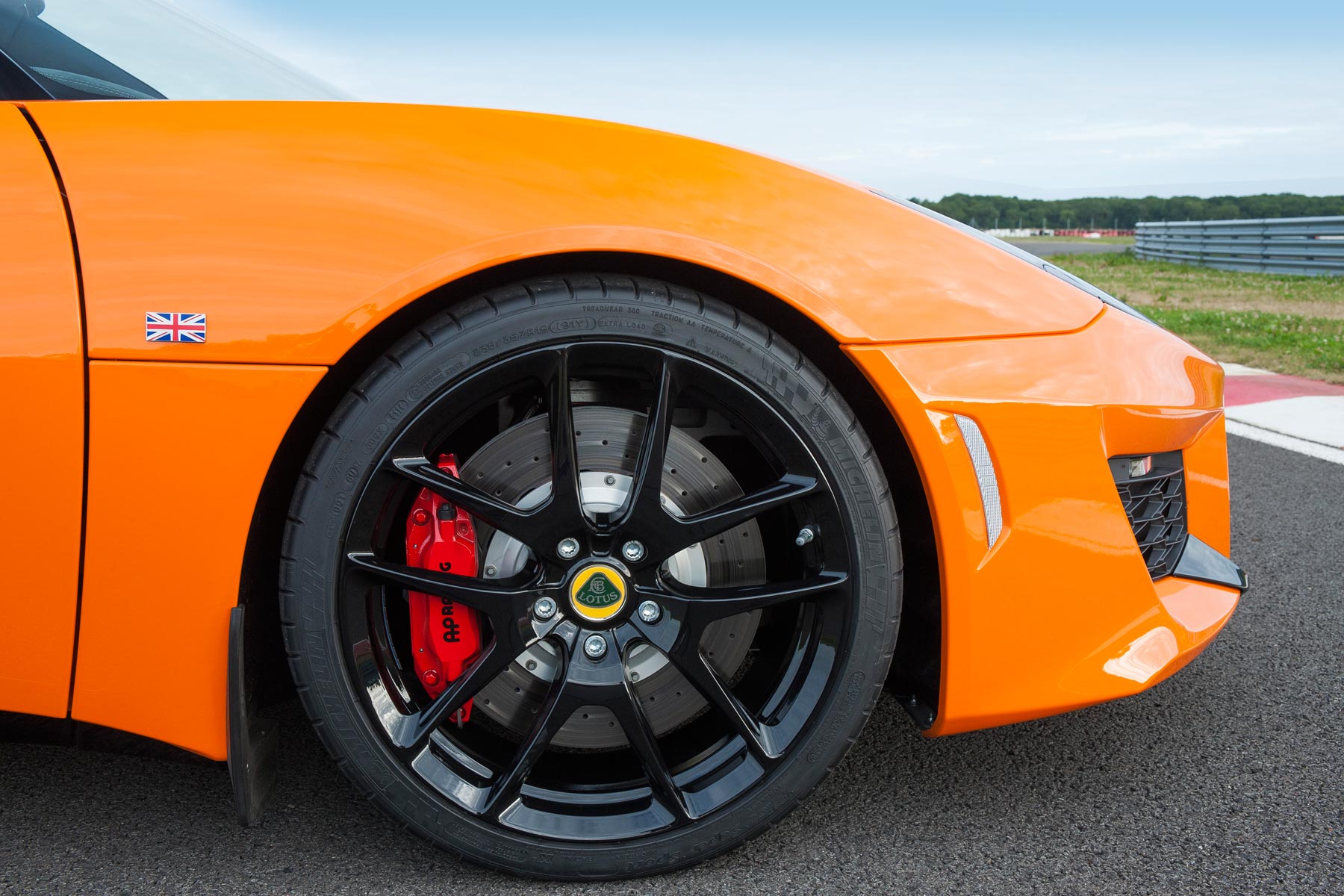 New Lotus Evora 400: Specification
New Lotus Evora 400: Specification
Engine: 3.5-litre supercharged V6
Price: £72,000
Power: 400hp
Torque: 302lb ft (410Nm)
0-62mph: 4.2 seconds
Top speed: 186mph (300kph)
Fuel economy: 31.0mpg (9.1 l/100km)
CO2 emissions: 225g/km